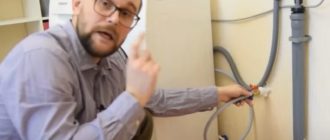 The pump of a washing machine is jokingly called the "heart" of the machine by craftsmen.
The pump of a washing machine is jokingly called the "heart" of the machine by craftsmen.
The main task of the pump is to pump clean water into the tank before the washing process, and then pump back dirty, after washing.
Time will pass, for some it will be much longer, and for others less, and the time will come to change the pump, because this element wears out, as it holds a heavy load.
In our article we will tell and explain you how to check the pump, how to get to it, and most importantly, how to make repairs yourself.
Causes of Drain Pump Breakdown
It may also be that the cause is not in the pump. So, the following steps of the check:
- The pump should be listened to;
- Open and open and clean the filter Open and clean the filter (if necessary);
- Check Check the drain hoseCheck drain hose and clean if dirty;
- Check rotation of the impeller on the pump, it may be braking somewhere;
- Check the contacts and sensors that go to the pump.
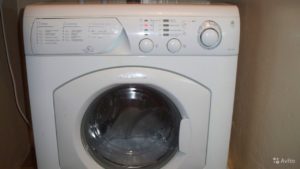 Some breakdowns can be determined by ear, you do not need to be a craftsman to do this. Just walk up to your assistant during the washing process and listen carefully. Take as a basis the moments of pouring and draining water into the tank according to the program you have set.
Some breakdowns can be determined by ear, you do not need to be a craftsman to do this. Just walk up to your assistant during the washing process and listen carefully. Take as a basis the moments of pouring and draining water into the tank according to the program you have set.
If your pump during operation hums and works, but water is not coming into the tank, or no sound is heard from the pump - then we can say that the breakdown is localized.
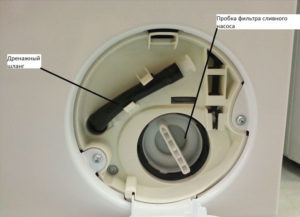 After checking, you need to determine whether to replace the pump with a new model, or there is a possibility of replacing yourself. To begin with Remove the drain system filter, and clean it of all sorts of clogs.
After checking, you need to determine whether to replace the pump with a new model, or there is a possibility of replacing yourself. To begin with Remove the drain system filter, and clean it of all sorts of clogs.
There is a chance that the impeller on the pump does not rotate, or rotates slowly because a coin or bone of a brassiere. In this case, do not rule out a breakage.
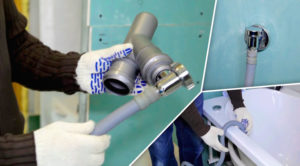 If you have cleaned the filter, but it did not help you in any way, then you have to deal with the drain hose and check for dirt there as well. Once you have checked and cleaned the hose, put it back in and run a test wash. If your pump continues to make vague noises, then we should continue troubleshooting.
If you have cleaned the filter, but it did not help you in any way, then you have to deal with the drain hose and check for dirt there as well. Once you have checked and cleaned the hose, put it back in and run a test wash. If your pump continues to make vague noises, then we should continue troubleshooting.
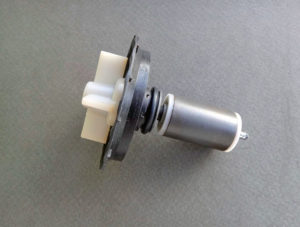 Let's Check the drain pump impeller, the way it rotates. First, you need to get to this impeller (it is possible to get to it without disassembling the machine), through the filter of the drain system, which can be unscrewed. For convenience, get a flashlight and shine a light into the hole from which you pulled the plug.
Let's Check the drain pump impeller, the way it rotates. First, you need to get to this impeller (it is possible to get to it without disassembling the machine), through the filter of the drain system, which can be unscrewed. For convenience, get a flashlight and shine a light into the hole from which you pulled the plug.
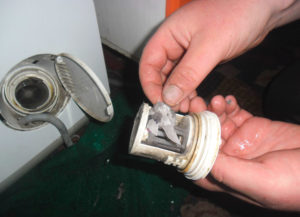 In this hole you just see the impeller of our capricious pump. You just need to stick your hand in and twist the impeller, thereby checking it for performance. If the impeller slows down, it is worth checking the inner housing (where the impeller is) for all sorts of things that can slow it down. This can be mostly threads or lint and wire, etc. If your impeller spins freely, or if you just can't find anything that might be preventing it from spinning, you will have to resort to disassembling the design.
In this hole you just see the impeller of our capricious pump. You just need to stick your hand in and twist the impeller, thereby checking it for performance. If the impeller slows down, it is worth checking the inner housing (where the impeller is) for all sorts of things that can slow it down. This can be mostly threads or lint and wire, etc. If your impeller spins freely, or if you just can't find anything that might be preventing it from spinning, you will have to resort to disassembling the design.
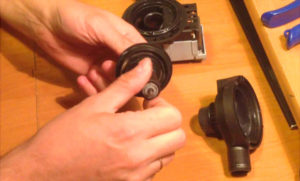 When you get to the pump, let's check the impeller again. If you want to check the drain pump, you can remove it and examine it closely.
When you get to the pump, let's check the impeller again. If you want to check the drain pump, you can remove it and examine it closely.
If you don't find any foreign objects and the impeller is still stalling, it means that the cause is in the mechanism itself and it will have to be disassembled to the screws.
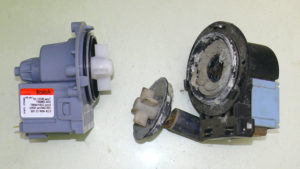 It is possible that your impeller rotates normally, but occasionally stalls, if it is all about sensors or burned contacts, there may also be a problem in the control unit.
It is possible that your impeller rotates normally, but occasionally stalls, if it is all about sensors or burned contacts, there may also be a problem in the control unit.
If you have checked everything twice and found nothing, and the pump still does not want to work, then you should replace it.
Repair or replacement of the washing machine pump
Tools needed for repair
The composition of the tools you need will depend on the type of malfunction, so we will give you a list of all the tools you need, so to speak, to the maximum. The following list, which will help us, deal with the pump:
- Drain pump assembly;
- A new impeller;
- Gasket;
- Axle;
- Pulley;
- Diaphragm;
- Drain pump sensor;
- Contacts.
Similarly, it is better to do the same with other components. So that you don't have to search through the corners of the mall for all the parts, the easiest way is to bring a disassembled pump and show what parts you are missing.
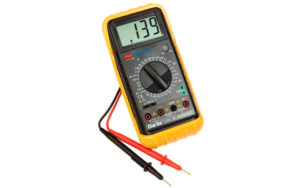 If you wanted to order parts online, you are better off looking by part number. You can look them up on an old disassembled pump.
If you wanted to order parts online, you are better off looking by part number. You can look them up on an old disassembled pump.
There should be no problem with the tools. Especially we don't need anything but a screwdriver (Phillips) and a penknife. But if you need to check the wiring, sensors and contacts for functionality, you will need to buy multimeter.
How to get to the drain pump
Some pumps are quite easy to get to, but not others. Let's look at everything in order.
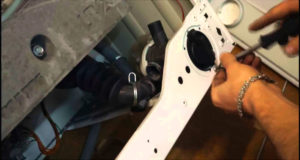 At firms. Samsung, Ariston, Candy, Ardo, LG, Whirpool, Beko and Indesit the easiest way to get to the pump. It is only necessary to turn the washing machine on its side, remove the back panel, and the pump is in front of your eyes;
At firms. Samsung, Ariston, Candy, Ardo, LG, Whirpool, Beko and Indesit the easiest way to get to the pump. It is only necessary to turn the washing machine on its side, remove the back panel, and the pump is in front of your eyes;- Firms Electrolux and Zanussi release quite complicated models. To get to the pump in these models, it is necessary to turn the helper and unscrew all the screws that hold the back panel.
- The firms have AEG, Bosch and Siemens the most complicated models, and it is very difficult to get to the pumps and pumps. To do this you need to remove the front panel and the control panel.
Fixing everything yourself
As we said a little bit above, the pump is a fairly simple device, and its repair is quite easy. If no external damage is detected, you should disassemble it and examine the internal elements up close.
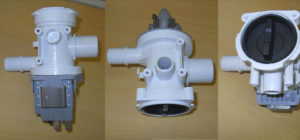 One of the most common pump failures is the impeller. The impeller itself can come off its axis, but the pump will still work, and emit a characteristic sound, but the water will still not pump. The solution to this problem is quite simple - just buy a new impeller and install it in place of the old one.
One of the most common pump failures is the impeller. The impeller itself can come off its axis, but the pump will still work, and emit a characteristic sound, but the water will still not pump. The solution to this problem is quite simple - just buy a new impeller and install it in place of the old one.
Examine and inspect all moving parts of the pump and pulley. If you also find any sign of wear, it must be replaced.
 Parts for the pump are very cheap, but do not neglect to replace them, or use branded parts, because delaying the moment, you can just lose all your time, and in the end to replace the pump completely.
Parts for the pump are very cheap, but do not neglect to replace them, or use branded parts, because delaying the moment, you can just lose all your time, and in the end to replace the pump completely.
When you make the repair of the old pump, you should know that there is still water in it, so you should prepare in advance and bring water containers and floor cloths.
So, as you have already realized the repair of the pump can be made yourself, without calling to service centers and without calling the masters. In order to do this, you just need to study our article well. Good luck with repairs!



